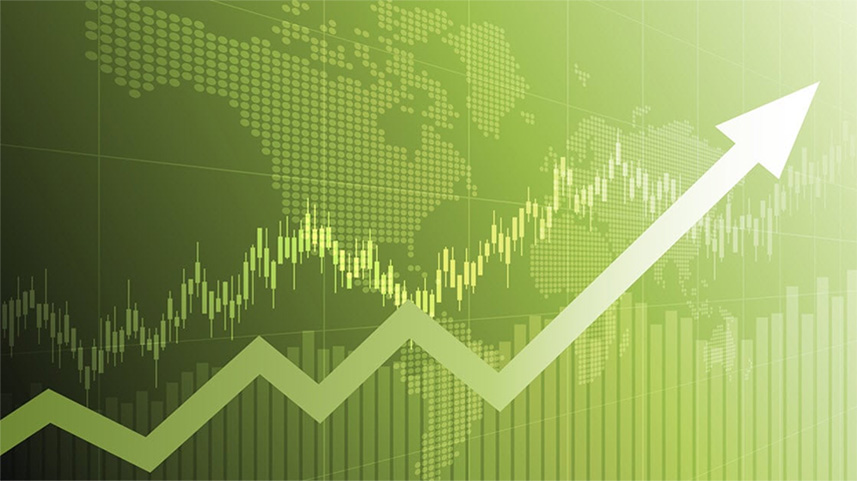
Vorbereitung auf eine Rezession
20 März 2022
Der beste Handel des Jahres 2022
3 April 2022Deutsche Übersetzung in Kürze
It is very rare in my trading life that I have bought or sold a spread that was not constructed with commodity futures. However, it can happen that certain situations also lead to consider "financial" spreads such as the one I am proposing today.
The spread is on the Eurodollar, and has nothing to do with concepts such as seasonality but seeks to exploit other conditions that have arisen, such as the numerous interest rate hikes projected by the Federal Reserve for 2022 and which are reflected in the term structure.
Before continuing, it is imperative that I give a brief explanation of what the Eurodollar is so that there is no misunderstanding. The Eurodollar (GE) is not to be confused with either the Eur-Usd currency pair or the Euro futures contract. The Eurodollar is a term deposit denominated in US dollars and held in banks outside the United States. A term deposit is simply an interest-yielding bank deposit with a specific maturity date.
The price of Eurodollar futures reflects the interest rate offered on dollar-denominated deposits. More precisely, the price reflects the 3-month US dollar LIBOR (London Interbank Offered Rate) interest rate anticipated expected on the settlement date of the contract. LIBOR is a benchmark for short-term interest rates at which banks can borrow funds in the London interbank market.
Eurodollar futures prices are equal to 100 minus the 3-month US dollar LIBOR interest rate. Thus, a futures contract price of $98.00 reflects an implied settlement interest rate of 2%, i.e., 100 minus 98.00. The price of the Eurodollar thus moves inversely to the yield. Each futures contract has a value of $1 million.
I understand that these are more complicated concepts. Simplifying greatly, keep in mind that the value of each futures contract reflects the expectations of the three-month dollar LIBOR interest rate at each maturity. If the price rises, the rate is expected to fall on maturity; if the price falls, the rate is expected to rise on maturity.
At this point, it becomes clearer how to read the term structure seen above.
Having finished the brief explanation, I return to today's spread: GEH23-GEH25. This is the "more aggressive" spread, for a quieter operation you can use GEH24-GEH26 or, even better, GEH25-GEH27. Let me show you a chart. Or rather two. In the figure below you can see in the upper part the Continuous histogram and in the one below the stacked Seasonality.
The spread over the last 20 years has spent 92.70% of the time above zero and is in the first column to the left of the Continuous histogram, outside the green band of the 5th-95th percentile range and with a negative value. You can get a confirmation of this by looking at the Seasonality stacked chart. Over the last 20 years, spreads have rarely fallen below zero, which is what happened this year.
However, this situation is an end in itself, it has little value, I would say none. It is true that the spread has rarely fallen below zero but when it has (GEH19-GEH21 and GEH20-GEH22) it has also always closed below zero.
The reason why this spread is very interesting and could represent a great profit opportunity is another. It is a combination of events. On the one hand, the numerous rate hikes in the US have caused the term structure to plunge in the initial part (so much that from the second half of 2023 the curve rises). On the other, the treasury 10y - 2y yield curve is getting closer and closer to inverting. As you can see from the chart below.
The inversion of the curve anticipates a period of recession in the US economy. This is not yet the case, but it is the most likely event. In conclusion, the spread is not yet worth buying, but should be monitored. Powell and the next FOMC meeting in May should be followed, ahead of the most important one in June, which could hold surprises in store, especially if the curve has inverted in the meantime.
Ich bin makroökonomischer und finanzieller Analyst mit über 30 Jahren Erfahrung, darunter zwei Jahre als Fondsmanager. Ich bin auf Währungen und Rohstoffe spezialisiert und Autor mehrerer erfolgreicher Bücher über Trading, Makroökonomie und Finanzmärkte.










